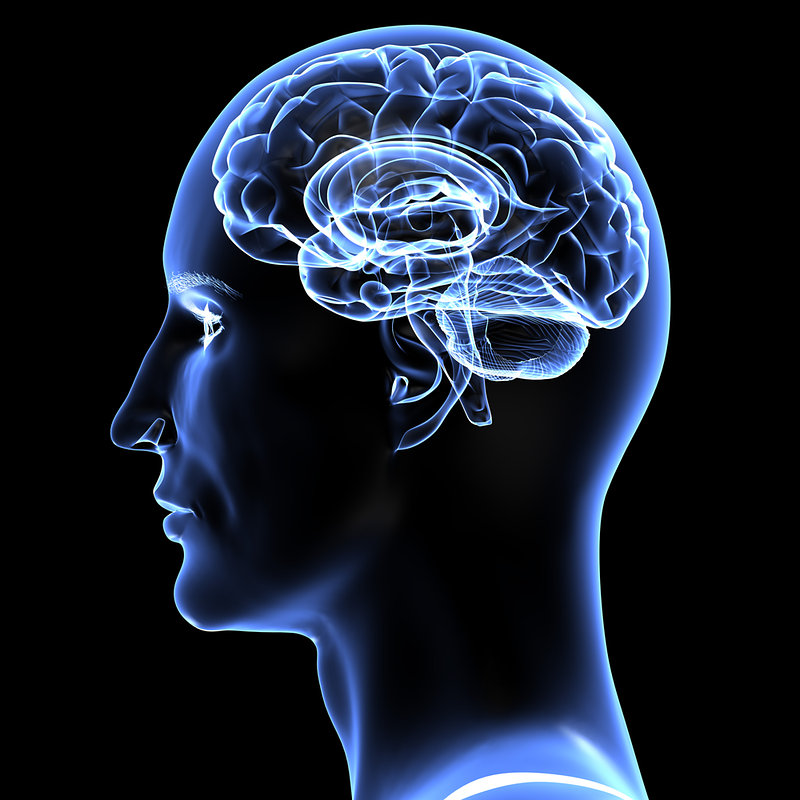Many challenges and opportunities are facing countries to compete in the 21st Century. Throughout the developing as well as the developed world, there is widespread enthusiasm toward transitioning from a resource economy to a knowledge economy based on Science, Technology and Innovation (STI) in order to sustain high rates of economic growth, to create new enterprises and jobs. Having spent over 30 years with the World Bank supporting economic development and investment programs in South Asia, East Asia, Sub-Saharan African and the Middle East and North Africa, 10 years in Kuwait as a Senior Advisor to the Director General of the Kuwait Institute for Scientific Research (KISR) and my recent work on the Balkans on STI and the knowledge economy, I have learned a great deal about what works, what doesn’t work and best practices in making this transition.
In this first STILE Point, I will provide an overview of STI and the knowledge economy for the uninitiated. In subsequent STILE Points, I will be presenting case studies from various regions and countries that represent successes, failures and lessons learned with the hope that we can collectively support countries and enterprises embark on and benefit from STI and knowledge-based economies.
Why a Knowledge Economy?
Science, Technology and Innovation (STI) are the main sources and the driving force for knowledge-based economy. Technologies are either (i) developed locally by research institutions, universities and the private industrial sector and (ii) transferred/imported through Foreign Direct Investment (FDI), including Greenfield investments, joint ventures, technological partnerships, collaborative and joint Research and Development (R&D), and twinning arrangements. In some countries, an Offset Program also plays an important role in technology transfer. It should be noted that innovation does not necessarily require new technologies. Many innovative companies do not engage in any R&D and they create value through both technological and non-technological changes[1].
The emergence of Information Communication Technology (ICT), Biotechnology, Nanotechnology, synthetic biology, 3D/4D printing and robotics provide great opportunities for small countries (e.g. Finland and Singapore) and large countries (e.g. China and India) alike to compete in the 21st Century in knowledge-based economic development. Many countries are experiencing knowledge-based development and achieving high rates of economic growth by building up their national Science, Technology and Innovation (STI) capacity and implementing STI strategies. In 2008, Korea has established a Ministry for Knowledge Economy and other countries have articulated explicit knowledge-based development strategies and policies e.g. Brazil, Finland, Ireland, Malaysia, South Africa and Turkey. Many countries now realize that knowledge and innovation are the main drivers of economic diversification, job creation, export promotion and economic growth.
What is an Innovation Ecosystem?
There are many definitions of innovation. Innovation is commonly described as “Creating value by doing things differently; or doing something in a novel way”, simply it is a good idea put to work[2]. The National Science Foundation (NSF) relates innovation to the conversion of ideas to useful products and services. “Moving from an idea or discovery to a product, process or service on the market involves different contributors and requires resources from various sources”[3]. NSF indicates that innovation involves “The introduction of new or significantly improved products (goods or services) processes, organizational methods, and marketing methods in internal business practices or marketplace”.
The innovation ecosystem requires a holistic approach, which brings together entrepreneurs, policymakers, research institutions and investors. This approach provides access to appropriate infrastructure and financial services to commercialize new ideas and technologies leading to economic growth and knowledge–based development.
Researchers and entrepreneurs operate according to different culture and institutional logics. Connecting scientist/researchers and entrepreneurs in clusters (e.g. Cambridge Biotech Cluster), networks and regions (Silicon Valley, Bangalore), successful ICT platforms (iPhone, Android) or new industries (Cloud Computing) are essential ingredients of knowledge-based development. These are good models for creating robust networks and fostering an environment that facilitates interaction among individuals from different disciplines and sectors. This also requires strong R&D institutions, an industrial base, a pool of skills and competences, committed leaders and champions, a strong physical and cyber infrastructure, and a business-friendly regulatory framework.
What are the Main Drivers and Barriers of Knowledge-Based Economy?
The World Bank[4], the Organization for Economic Cooperation and Development (OECD)[5], and the European Union (EU)[6] have developed various frameworks and methodologies for knowledge-based economy. A Rand Corporation Study[7] identified the drivers and barriers that countries face to acquire and commercialize new technologies. The main drivers for knowledge-based economy include investments in: (i) education, at all levels, (ii) R&D, including capacity building and collaborative research, (iii) entrepreneurship, (iv) access to finance, including prizes, research vouchers and venture capital, (v) science and technology parks and business incubators, and (vi) commercialization of proven technologies. These investments will not yield the desired results unless there exists: (a) A sound macroeconomic framework, (b) An effective innovation ecosystem, and (c) A business friendly environment including transparent regulations. These are important factors to encourage private sector investments, including Foreign Direct Investment (FDI), resulting in technology transfers, spillover effects and leading to knowledge-based development.
Financing R&D, building state-of-the–art science and technology parks, and giving industry tax breaks are not sufficient to commercialize and innovate. Knowledge-based development requires a holistic approach, which brings together researchers, entrepreneurs and policymakers. To create new products, processes and services will only be beneficial if there is adequate demand for such products, processes and services. Therefore, proven and new technologies should cater to the needs of the market.
Knowledge-based development requires removing barriers between organizations and individuals as well as increasing collaboration across disciplines and sectors. Team-based learning, team-based training, team-based research and multidisciplinary approaches and stockholders integration are essential. It also requires a culture that supports (i) taking risks, (ii) tolerating failures, (iii) learning from failed experiences and best practices, and (iv) celebrating success[8]. Some have argued that “the experience of failure is more valuable, because it teaches the champions when best to cut their losses. Even failed enterprises bring valuable lessons and experience into the culture of the ecosystem”
Need for a Vision and an Actionable Strategy
Many challenges and opportunities are facing countries to compete in the 21st Century. To address these challenges and benefit from available opportunities requires a National vision and strategy for STI and knowledge economy. Countries need to better articulate their visions and implement workable strategies that focus on the development of a diversified and sustained knowledge-based economy.
In future STILE Points, I will cite examples of how policymakers, managers of research institutions and the private sector have come together to design, implement and monitor their STI vision and strategies and train technology and innovation leaders to ensure that their enterprises and economies are knowledge-based and sustain high growth rates.
[hr]
Dr. Tadros has 30 years experience at the World Bank in economic development in various parts of the World: South Asia (India, Pakistan, Sri Lanka), East Asia ((Myanmar (Burma)), Sub-Saharan African (The Sudan, Ethiopia, Mozambique, Zambia, Ghana and Uganda) and the Middle East and North Africa (Egypt, Bahrain, Kuwait, Oman, Saudi Arabia, Qatar and the UAE). In addition to 10 years experience in Kuwait as a Senior Advisor to the Director General of the Kuwait Institute for Scientific Research (KISR) and a part time Senior Advisor to Kuwait Ministers of Finance. He was a member of the Panel that reviewed and commented on the Strategic Plan (2012-2016) for the Kuwait Foundation for the Advancement of Science (KFAS). Dr. Tadros recent research focused on STI and Knowledge Economy in the F.Y.R. of Macedonia, Bulgaria and Turkey.
[1] OECD –The OECD Innovation Strategy: Getting a Head Start on Tomorrow, 2010
[2] Terry Culter – Venturous Australia, 2008
[3] National Science Foundation – Science and Engineering Indicators, 2010
[4] World Bank Institute – Measuring Knowledge in the World’s Economies, Knowledge for Development Program, 2007
[5] OECD – Science, Technology and Industry Scoreboard: Towards a Knowledge-based Economy, 2005
[6] European Commission – European Innovation Scoreboard, 2010
[7]Rand Corporation, National Security Research Division – “The Global Technology Revolution 2020”, 2006.
[8] The New York Academy of Science, How to Build an Innovation Ecosystem, April 2011



